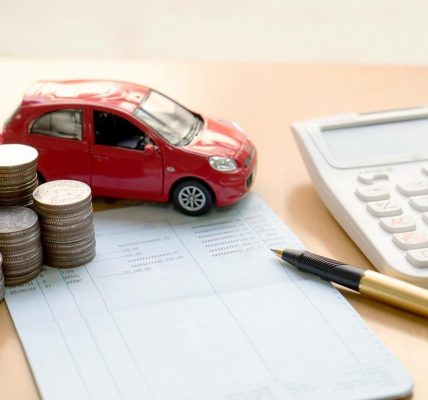These new phones and tariffs make 5G affordable at last
The last time we were allowed to congregate en masse in town and city centres, the likelihood of getting a 5G signal on your mobile phone was about as likely as finding a Greggs with sandwiches left after two o’clock in the afternoon.
But while we’ve been away, technology has marched on, and now 5G availability is almost universal in our most populous centres.
Even in smaller towns it’s now possible to get 5G on one or more networks, and you have to go some way off the beaten track before you are diverted back into the relatively slow lane of 4G.
The benefits of the new standard – 5G is short for the fifth generation of mobile networks – is vastly increased bandwidth, meaning that transmission is far less likely to slow down in congested areas. Download speeds are five to ten times faster than 4G, so even the most complex websites should open in an instant.
But you need to invest in both a new tariff and a new handset to take advantage of all this. Two years ago, when the service was new, this was prohibitively expensive for those not on business expense accounts – but that’s no longer the case. In fact, many of the smaller networks charge hardly any premium at all on their Sim-only deals.
Asda Mobile, which piggybacks on Vodafone’s network, is offering 10 gigabytes of 5G data per month, with unlimited calls and texts and no minimum contract term, for £10. If you’re prepared to sign up for a year, Three will give you 12GB of data for only £8. If you want unlimited use, you should expect to pay around £16 a month.
About 10 other networks offer comparable deals and those smaller companies that have not yet rolled out 5G will fall into line shortly. But do check which are available in your area before choosing. Harrogate, for instance, currently has only a signal from EE and some of the “virtual” networks which use its signal. Conversely, Bradford currently has signals from all the networks except EE.
5G handsets are commonplace now, from the exotic – Apple’s iPhone 12 series and the Google Pixel 5 – to more affordable offerings from the likes of Xiaomi, Oppo and Huawei. But it is Motorola that has perhaps done most to bring 5G into the budget age, with its newly-available Moto G50 handset. For £199, you get a generous 6.5in screen, 64 gigabytes of storage and 4GB of memory and a 48 megapixel triple camera. Motorola claims the battery will run for two days between charges, at least while it’s still new. Performance is decent for the price, and of course you get the benefit of all that extra bandwidth. As with all 5G phones, backwards compatibility with 4G comes as standard.
Motorola has made a few compromises to keep the price down – the body is made of plastic, not metal – and it shows – and there are other sub-£200 phones with better screen resolution. But none of those come with 5G.
There are 5G alternatives, though. Samsung’s Galaxy A32 has a similar screen, memory and storage, plus an extra rear camera, and costs around £225.
Whether you need to upgrade depends, of course, on what you use your phone for, and how often. 4G is still fast enough for most purposes and no-one is suggesting that it’s going to be phased out – so don’t trade up if you don’t want to. However, for those who like to stream music, watch videos or shop as they go, there’s no doubt that 5G improves the experience. Especially now that it’s almost as affordable as a Greggs sandwich.










